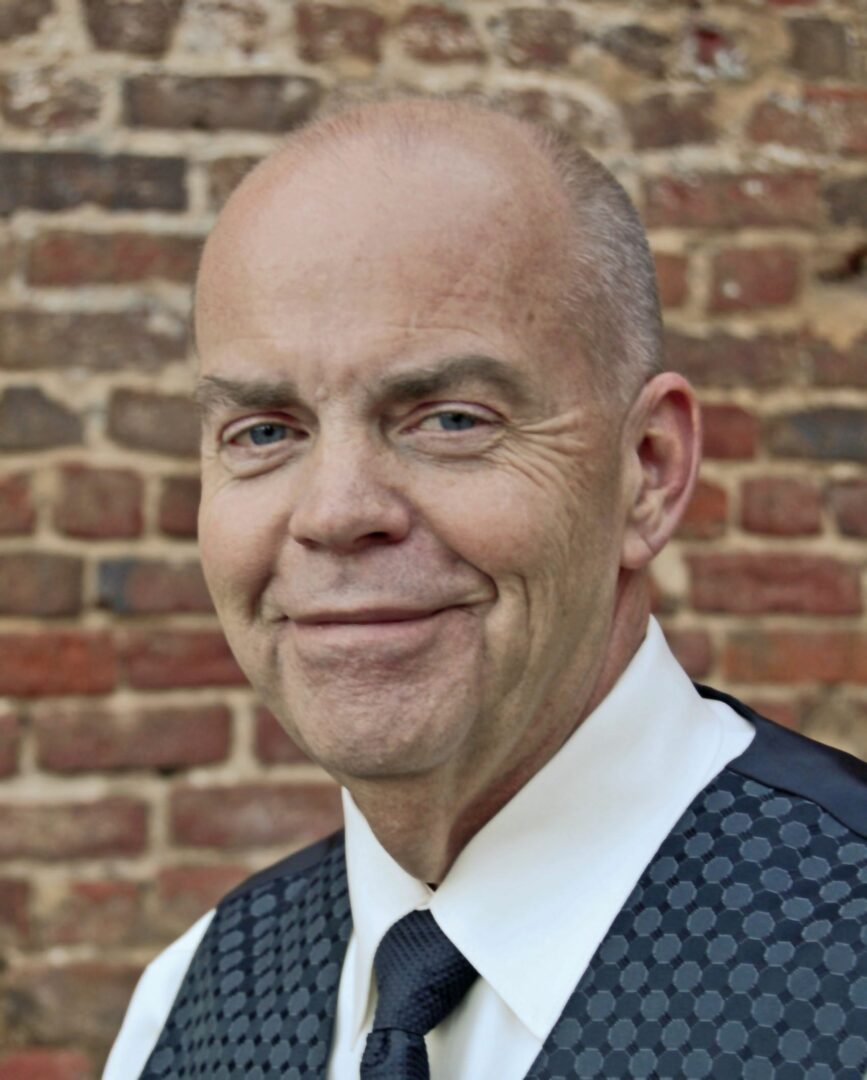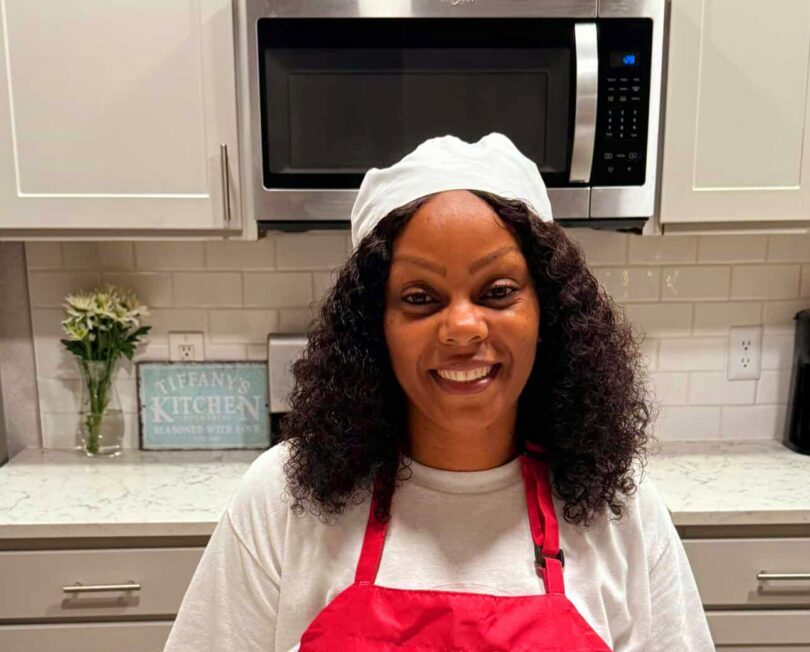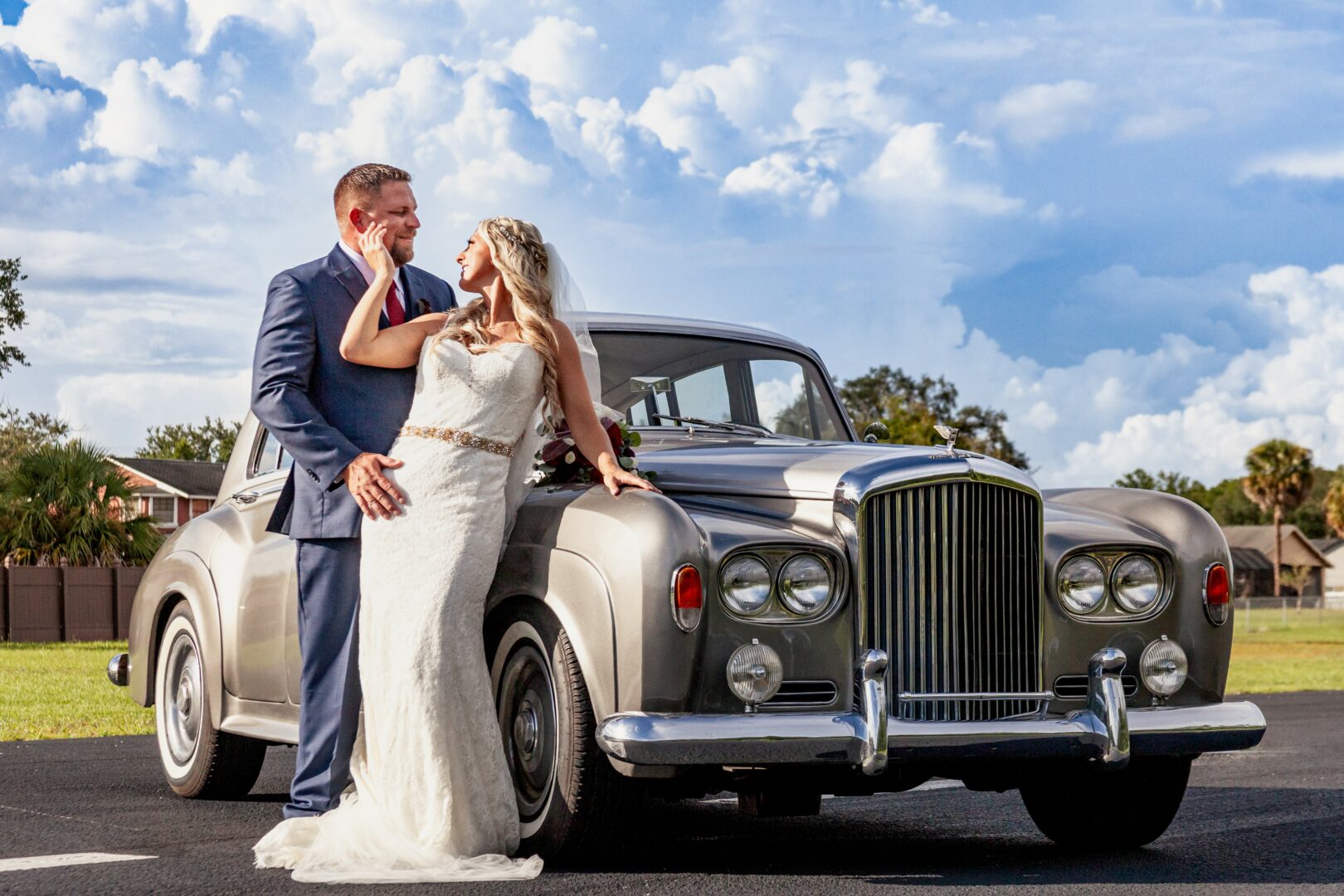Alright – so today we’ve got the honor of introducing you to Jack Sullivan. We think you’ll enjoy our conversation, we’ve shared it below.
Jack , we’re thrilled to have you on our platform and we think there is so much folks can learn from you and your story. Something that matters deeply to us is living a life and leading a career filled with purpose and so let’s start by chatting about how you found your purpose.
I retired from my 40-year career job as a safety and fire protection consultant for the insurance industry in 2018, I also spent 23 years as a volunteer firefighter serving in three different fire departments because my full-time career job moved my family
(including a wife and 3 children) several times. I served in various capacities as a Firefighter, Lieutenant, Assistant Chief, Deputy Chief, Safety Officer, and fire company president. I retired from active firefighting in 1995 when we moved to Virginia (again!) into an area serviced by an all-career fire department. When I retired I was the FD Safety Officer for about 4 years. Shortly after I retired and moved to Virginia, the fire department I retired from experienced a line-of-duty death, and nine line-of-duty injuries involving 10 personnel who had responded to a motor vehicle crash on the PA Turnpike. While those personnel were operating at the crash scene a tractor-trailer struck the work area and hit all ten Fire and EMS personnel who responded to the incident. The secondary crash killed Volunteer Firefighter Dave Good and injured nine other volunteer personnel with various types of injuries. Even though I wasn’t there then, my previous role as Safety Officer drove me to investigate ways for the FD to prevent a recurrence of that type of incident again. I began researching roadway incident safety and sought to learn everything I could about that broad subject from a variety of experts and professionals around the country who had information to share. Within a few years, I helped to establish the Emergency Responder Safety Institute, a Committee of the Cumberland Valley Volunteer Firefighters Association. I developed training for emergency responders and shared the information through workshops and presentations at local, state, and national conferences. Eventually, we recognized the need to make the training available to a much larger national audience and we established the Responder Safety Learning Network, an online training system with 49 different modules about all aspects of roadway incident response and safety. We now have over 165,000 registered users of the Responder Safety Learning Network which is available to everyone, 24/7/365 at no cost to the student. The Network has been funded with grant money from various federal agencies and the content has been developed by volunteer experts who have donated their time and expertise. I have volunteered my time as the Director of Training for Responder Safety since 1998.
Emergency Responder Safety Institute – https://www.respondersafety.com/
Responder Safety Learning Network – https://learning.respondersafety.com/
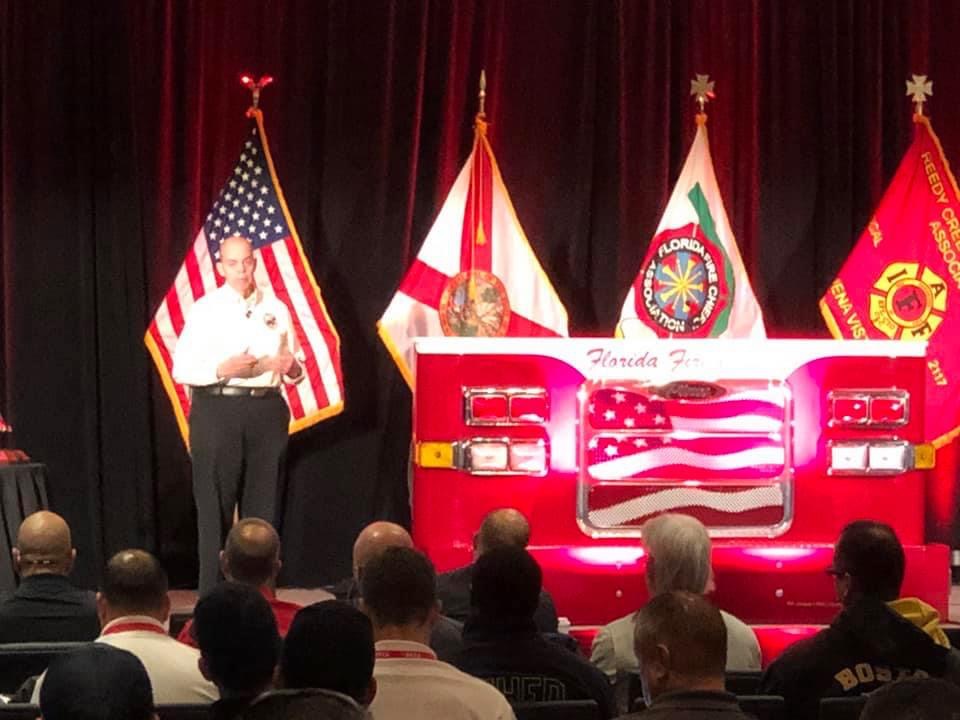
Thanks for sharing that. So, before we get any further into our conversation, can you tell our readers a bit about yourself and what you’re working on?
When the crash occurred on the PA Turnpike in 1998, I didn’t know much about what was called “highway incident safety” at the time. I started to research the subject through a variety of means with the most productive source being the National Emergency Training Center (NETC) Library in Emmitsburg, MD. After talking with one of the librarians there at the time I received several envelopes from them with copies of articles and other documents related to the subject. Those materials led me to other fire department personnel in Fairfax County, VA, Plano, TX, and Phoenix, AZ who were already doing things to protect fire and EMS personnel operating at highway incidents – crashes, vehicle fires, medical emergencies, hazardous materials incidents, and the like. I contacted those fire departments and spoke with their safety officers who were involved with the subject because of traffic conditions in their metropolitan areas. They shared their guidelines and training materials that served as the basis for our initial training efforts. I also recognized a need to collaborate with other response agencies including law enforcement, transportation, safety service patrols, and the towing and recovery industry which were all facing the same hazards.
Over time and with a small group of other emergency responders, we have established a vast network of people around the country with various kinds of expertise. I became involved with state and federal committees that were also involved in some way with this topic, including some groups that never had any fire service participation. All along the way I was looking for various ways to prevent secondary crashes and/or protect emergency personnel working at road and highway incidents. I was most interested in sharing that information with other emergency responders who were still actively responding to roadway incidents on an almost daily basis. Every training session I did was followed by additional requests for training programs and presentations. I traveled all over the country from Florida, to Maine, to Alaska presenting classes and interactive workshops with tabletop exercises with little Matchbox cars, trucks, and emergency vehicles to demonstrate various strategies and tactics for protecting emergency incident scenes.
The driving force behind all of my/our efforts was protecting emergency personnel from being struck by vehicles while working at various types of roadway incidents. Even with everything that has been accomplished in the last 27 years, there have still been 297 emergency responders struck and killed by vehicles over the past 6 years. Even more personnel have been struck and injured and an extraordinary number of emergency vehicles have been struck and damaged or destroyed while parked at emergency incident scenes. Roads and highways are filled with what we call “D” drivers – drunk, drugged, distracted, disgruntled, disrespectful, and driving way too fast for conditions. We believe those numbers would be even higher if it wasn’t for the training and guidance presented over the past 27 years to change the way Fire and EMS personnel and others operate at roadway incidents. That’s what drives me – trying to drive the number of struck-by-vehicle incidents down to zero. I’m beginning to believe I will never reach that goal in my lifetime, but it’s not for the lack of trying. My focus now is on mentoring other like-minded people to carry on the research and training for years to come.
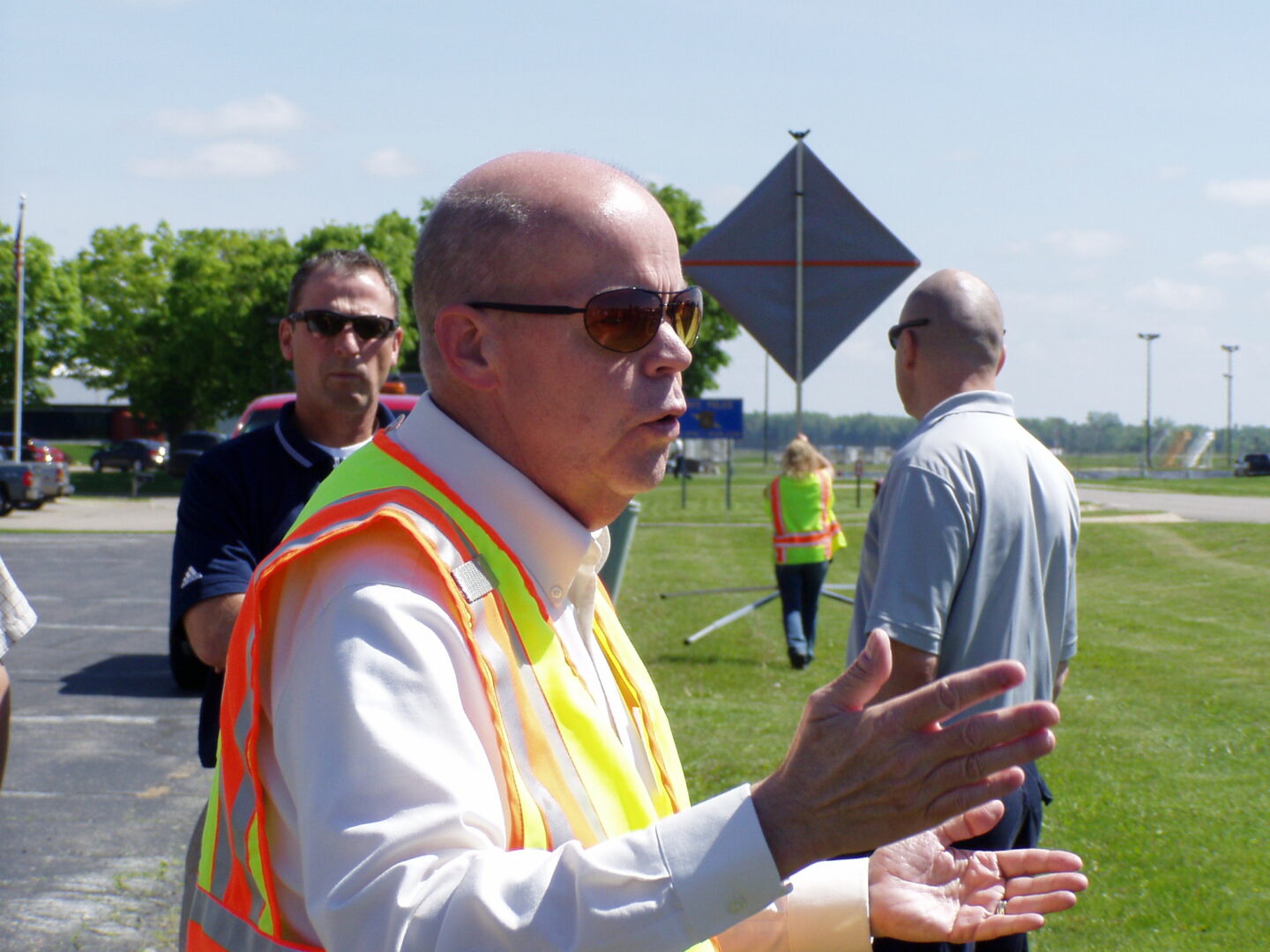
If you had to pick three qualities that are most important to develop, which three would you say matter most?
Networking, Research, Sharing information with others.
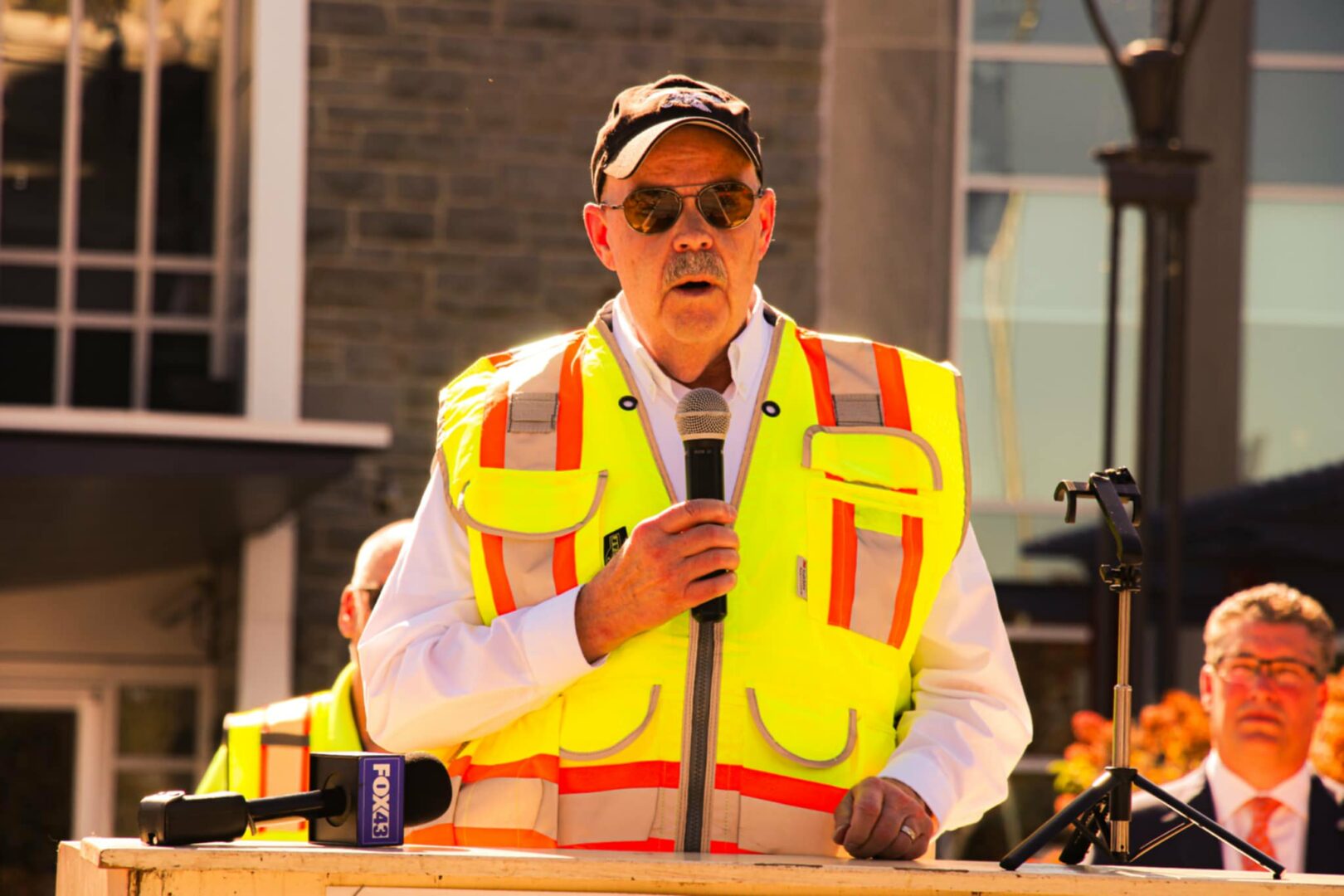
Awesome, really appreciate you opening up with us today and before we close maybe you can share a book recommendation with us. Has there been a book that’s been impactful in your growth and development?
As a young department manager in the insurance industry with a group of technical consultants working for me, I struggled to make the change from buddy and friend to manager. There is one very short and simple book that I read on an evening train ride home one night that made a big impression on my management style. I highly recommend the “One Minute Manager” series of books by Kenneth Blanchard but the most impactful book in the series for me was “The One Minute Manager Meets the Monkey”. The tagline is “Don’t take on the problem if the problem isn’t yours. That monkey doesn’t belong to you.” That book helped me reshape my management style and reduce the stress I experienced thinking I had to solve every problem that walked into my office. Highly recommended for anyone who has responsibility for other people who work for them. One of the best quotes is “The best way to develop responsibility in people is to give them responsibility.” Followed by “The more you get rid of your people’s monkeys, the more time you have for your people.”
Contact Info:
- Website: https://www.respondersafety.com/
- Facebook: https://www.facebook.com/roadwaysafety
- Linkedin: https://www.linkedin.com/company/respondersafety/ and https://www.linkedin.com/in/jacksullivancsp/
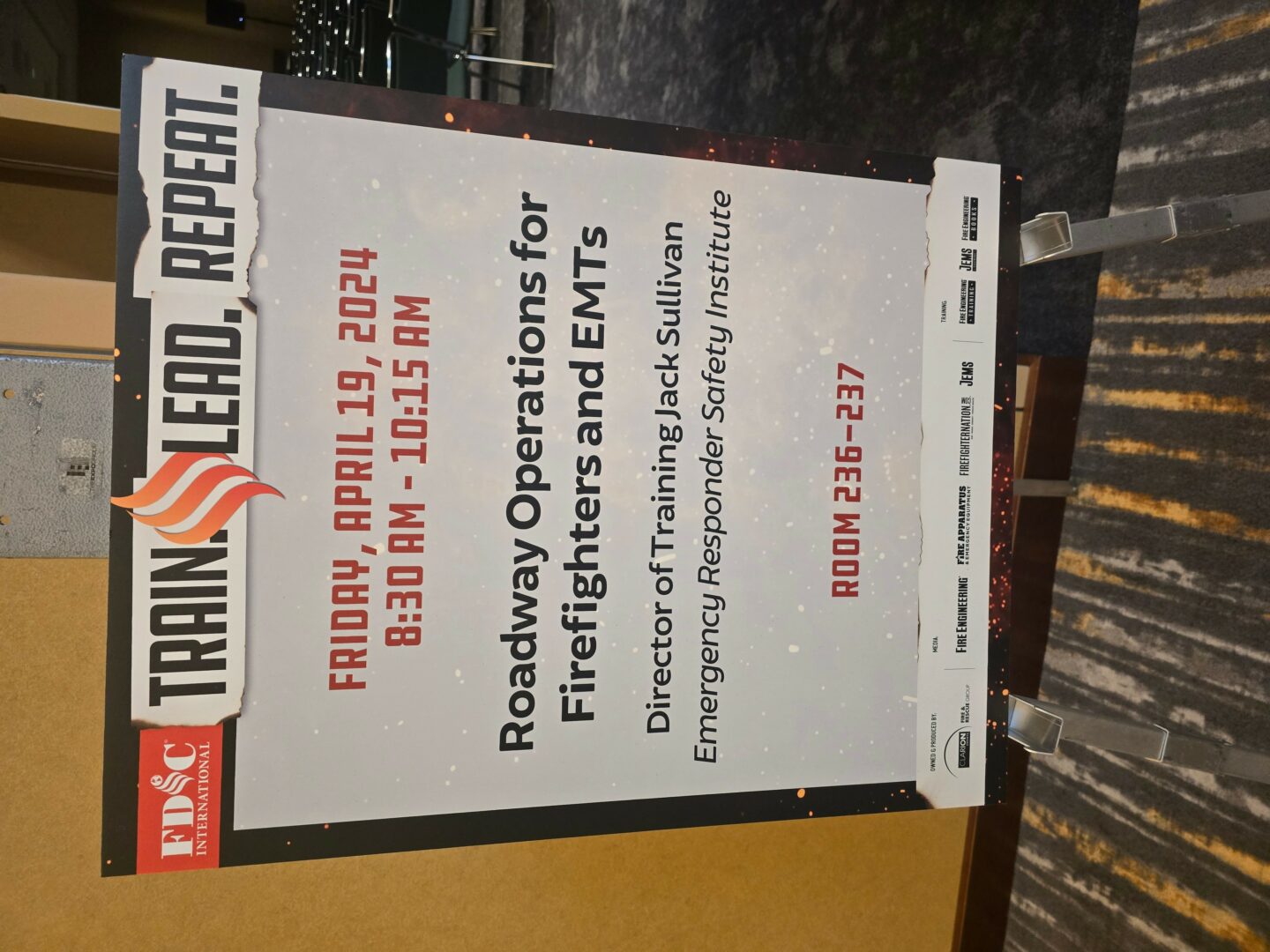
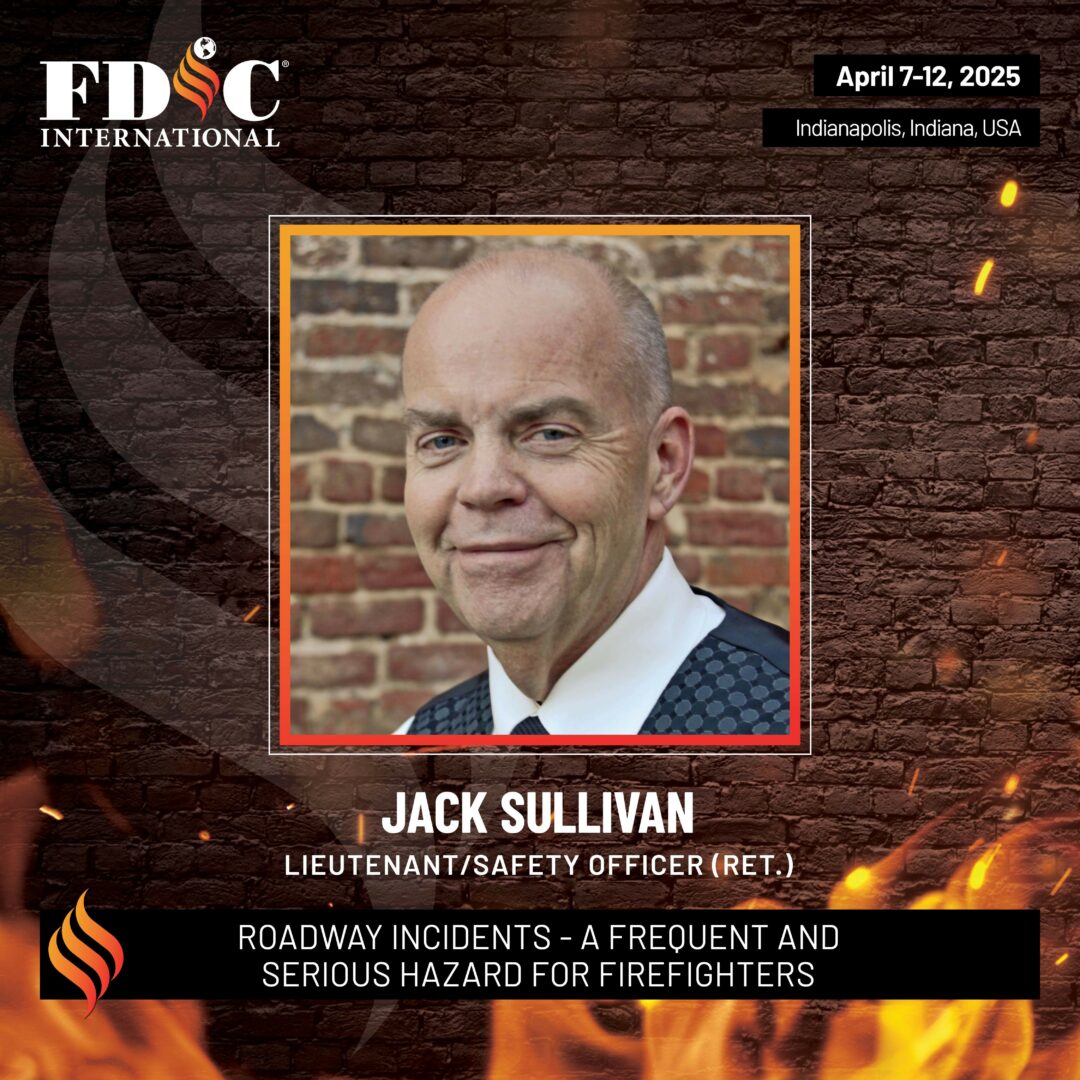
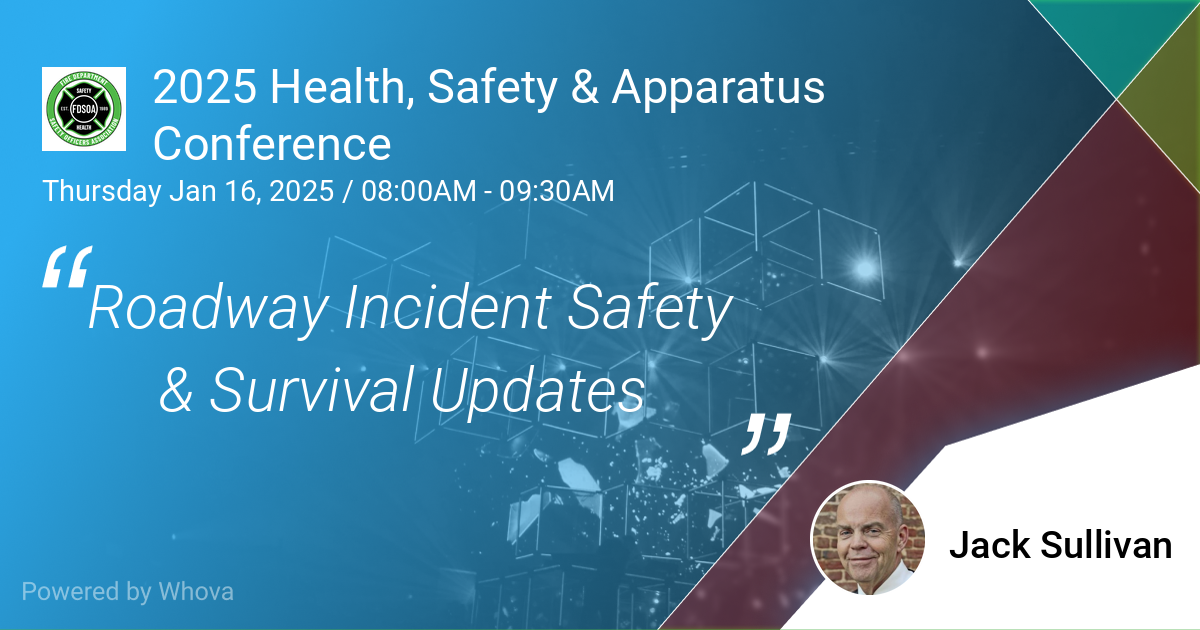
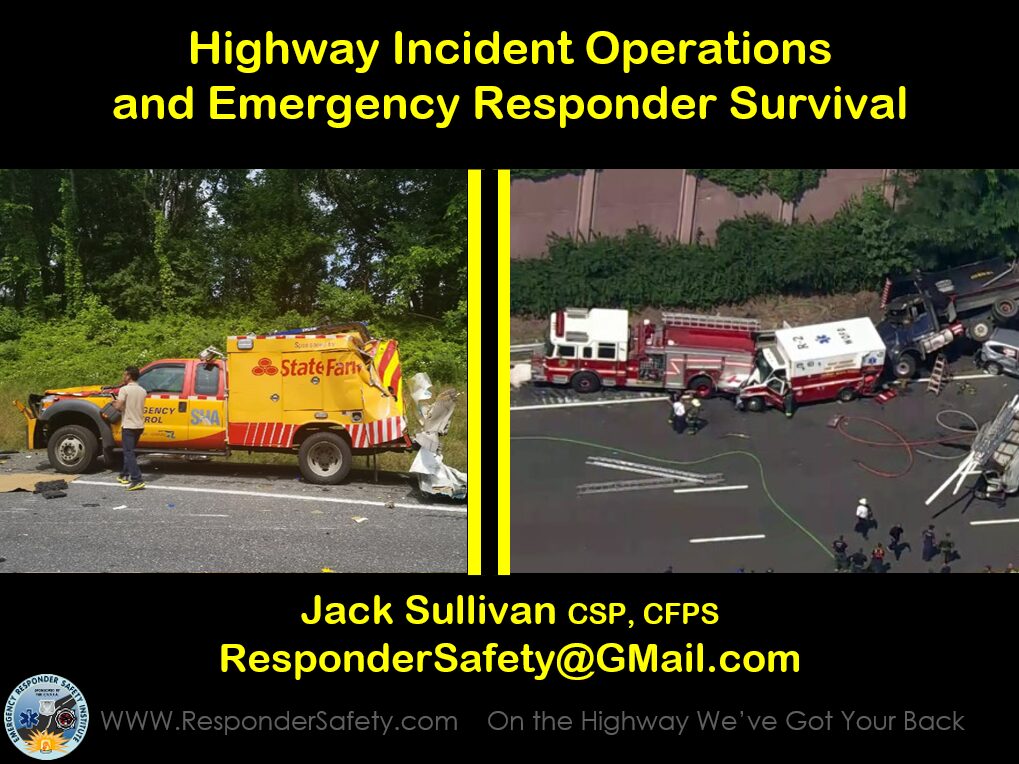
so if you or someone you know deserves recognition please let us know here.

